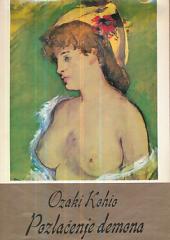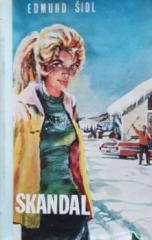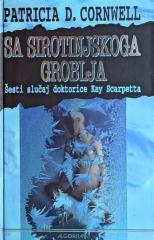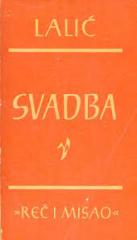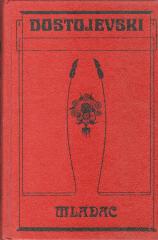
Villefranche
Roman Pavić's Villefranche is a novel about the destinies of people who follow their dreams regardless of obstacles, about those who are not afraid to go against the flow, about the best in their professions.
When at the end of 2009, in the central Carthusian monastery near Grenoble, art historian Ivan Radić, a great connoisseur of Hieronymus Bosch's works, and monk Bernard, the greatest restorer of that Renaissance artist, met, they had no idea that apart from art, they were bound by a common homeland and the only rebellion in one SS division. , the one from the fall of 1943 in the French town of Villefranche. Ivan Radić's grandfather and his brother were killed there, and the monk, then a young man, one of the few surviving rebels, was a participant in that rebellion after he was forcibly conscripted in Zagreb into the 13th SS Handžar division made up of Croats and Bosnians.
As a boy, Ivan Radić accidentally met the famous painter Ivo Šebalj when he accompanied his seriously ill father to Zagreb for treatment from his native Osijek. At that time, he had no idea that the history of art would be his life's preoccupation, nor that his youth, like many of his peers, would be interrupted by the war, in which he would volunteer, nor that rock concerts and study would be replaced by life on the front, nor that thanks to love and his own strength to overcome all the injustices that will await him upon his return to civilian life.
Through two narrative lines, through two destinies, Roman Pavić tells the story of "ordinary people" who, in great historical events, manage to fight for themselves and theirs thanks to persistence, courage, knowledge, desire and love.
Two copies are available

